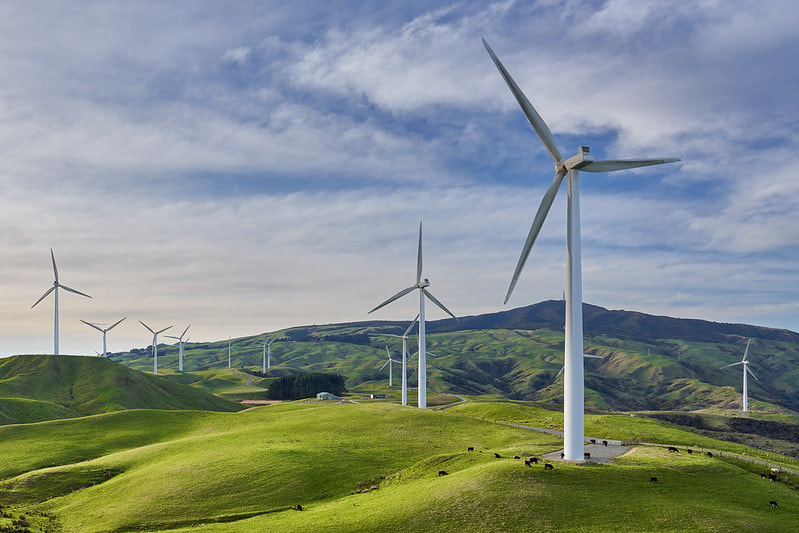Potentially Sustainable Sectors
Forest and Forest ProductsForest Products are renewable, mostly recyclable, biodegradable, and can be produced without loss of total forest biomass when produced using Responsible Sustainability processes
|
Prairies and AgricultureFood Production is vital to humanity and has lead to conversion of vast quantities of land to agricultural uses. Responsibile Sustainability challenges the agriculture industry to not only increase yields but to do so while maintaining vital ecosystems and without additional land conversion.
|
Aquatics and fisheriesWorldwide fish consumption continues to grow even while the world's wild fisheries have long been declining. Worldwide policy agreements are central to maintaining healthy wild and commercial fisheries. Understanding fishing pressures and other environmental impacts on aquatic ecosystems is a goal of Responsible Sustainability
|
Connections - Environment, Industry, Humanity - Coming Together for Responsible Sustainability
How do we achieve Responsible Sustainability? What Systems can achieve Responsible Sustainability? Explore the potentially Sustainable Systems within these pages.
In the Connections section - Explore global warming, population and political dynamics, education, racial, health, and economic disparities and how Potentially Sustainable Systems connect to and with these issues.
In the Connections section - Explore global warming, population and political dynamics, education, racial, health, and economic disparities and how Potentially Sustainable Systems connect to and with these issues.
Potentially Sustainable Sectors
Biomaterials and Transportation/EnergyThe Oil Economy has fueled our technological growth and expansion since the mid 1800's but also has lead us to the precipice with global warming. Biobased energy and materials are now making inroads and have the potential for sustainability. Considerable effort is moving toward this transition but with considerable challenge to meet societal needs and built in industry inertia too.
|
Earth/Minerals and miningThe earth at its core is a pretty big bunch of rocks with an incredible array of type and potential. But unlike the biosphere most of the earth's minerals are not renewable. Still, while all minerals can be altered, their basic elemental constituents, while in different forms, generally are not lost when we use them (with some notable exceptions such as Helium). With care, correct policy, and ambition the mining and minerals industries can be solid contributors to a healthy circular economy of minerals if we work together.
|
Natural ecosystems vs. Land Use and Life style choicesWhile many of the areas highlighted on this page involve big mega industries and investments, all involve to some degree individual actions and responsibility. Most obvious among those is how we choose to live our individual lives and how we surround ourselves with home. Do our choices work to support or extract from the environment? How we and our local leadership build our home environments and our fledgling businesses has a huge impact on Responsible Sustainability when it involves 7+ billion choices.
|
|
Since the 1800's we have set aside beautiful oases of hope in our national parks and monuments, national and state forests, and other protected areas. These have provided living laboratories for how nature can flourish and how mankind can both negatively and positively impact the earth's ecosystems. Are they enough? Can we protect them and continue to use them at the rate we do? Should they be more physically connected? Should they be eternally protected? All are big and still unsettled questions, still challenging one of our most successful policy efforts ever.
|
|












